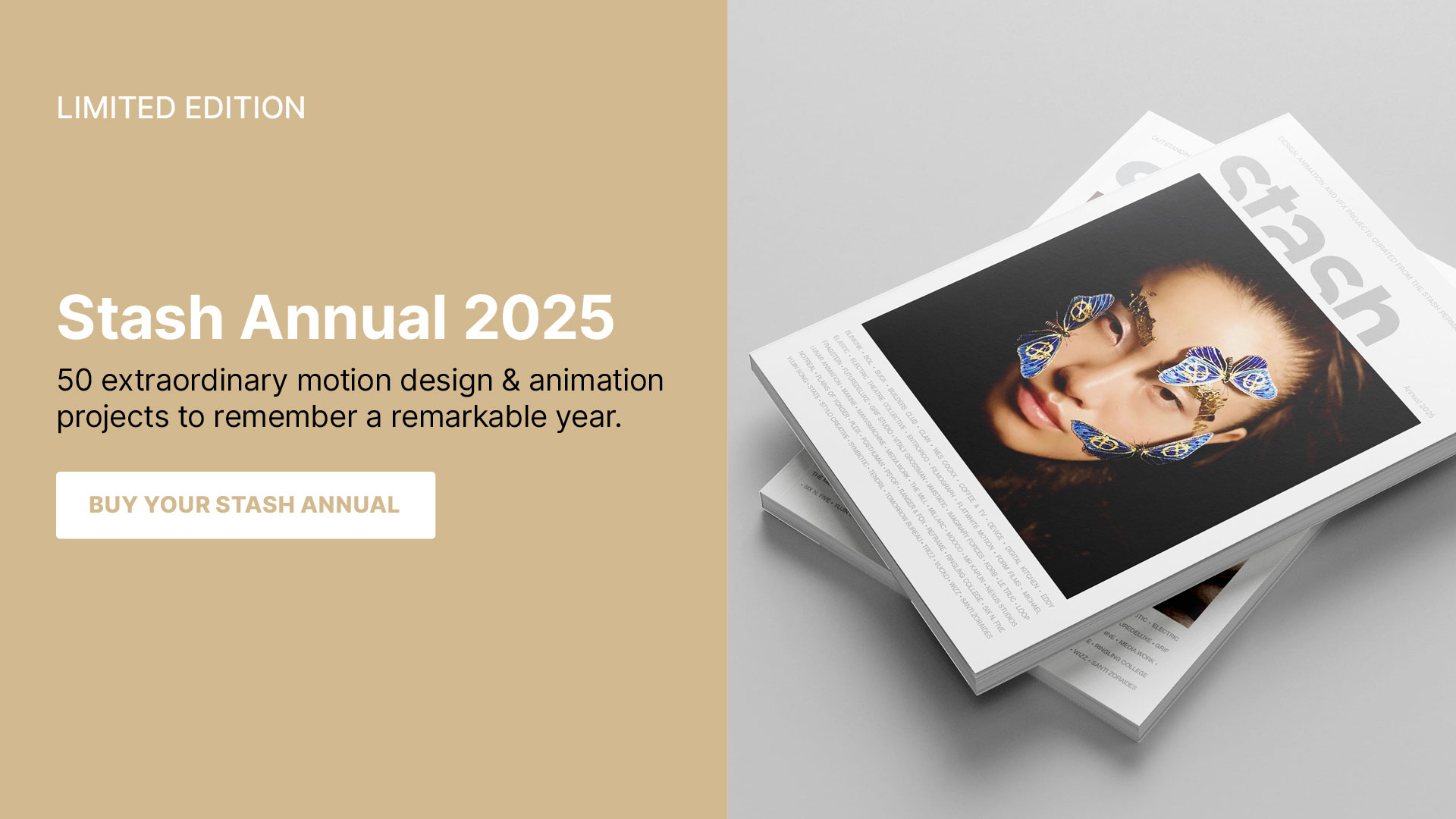Inspired by the films of early animation pioneer Oskar Fischinger, director Boris Seewald assembles 2,500 hand-drawn frames into a poetic expression of auditory perception for the University Medical Centre of Göttingen, Germany.
Boris Seewald: “Klanglicht was developed in collaboration with composer Ralf Hildenbeutel and audiologist Jenny Blum. Her team at the University Medical Center Göttingen is working on a groundbreaking therapeutic approach for people with profound hearing loss — intended for use in future cochlear implants.
“Rather than explaining the technology, our goal was to explore the emotional and sensory dimension of hearing. We asked: What does it feel like to hear again for the first time after years of silence? How does music feel when it floods the body for the very first time?
“I imagined this as something physical — like being on a dance floor when the rhythm completely takes over, and everything else disappears. That trance-like state shaped the film’s visual language.
“I considered using AI to create the visuals… But after diving into the relationship between image and sound, I found myself going back to the early days of cinema when sound and image were first brought together.”
“To bring this feeling to life, we filmed dancer Marie Zechiel, then rotoscoped her silhouette frame by frame using ink on paper. Hand-drawn anatomical textures (cells, neurons, synapses) were then animated to interact with her movements and the environment. In total, over 2,500 frames were drawn, digitally refined, and composited.
“I considered using AI to create the visuals — especially since the project is centered around cutting-edge, futuristic technology. But after diving into the relationship between image and sound, I found myself going back to the early days of cinema when sound and image were first brought together.
“I was inspired by pioneers like Oskar Fischinger, who in the late 1920s animated geometric shapes and abstract forms in perfect sync with music. Klanglicht is, in some ways, an homage to this tradition of ‘visual music’ and the experimental abstract films of that era.
“At the same time, I had a strong desire to step away from screens and reconnect with something physical. I needed that haptic experience, that analog imperfection, to balance the digital noise around us. And let’s be honest, it’s just way more fun than prompting.”
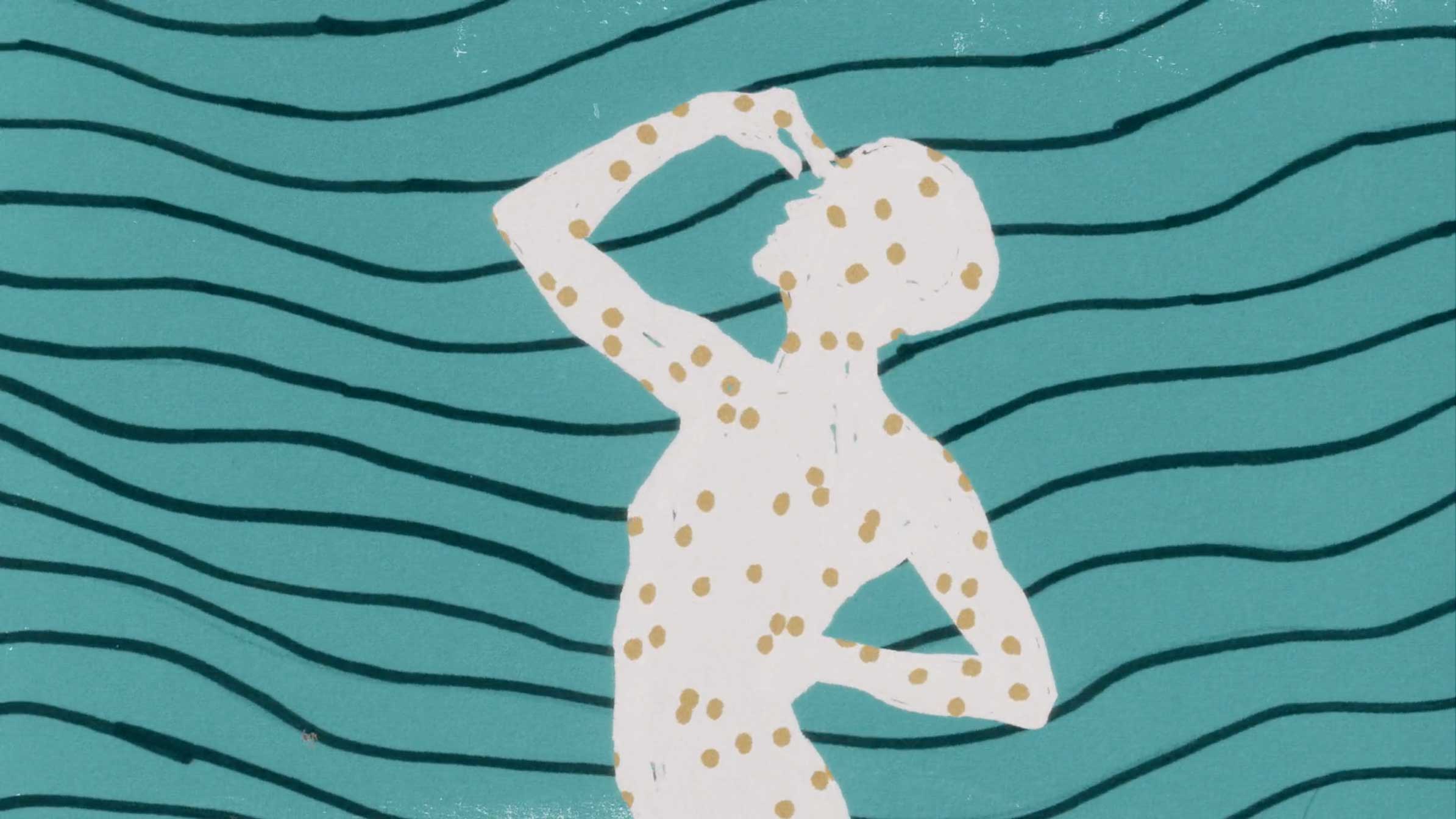
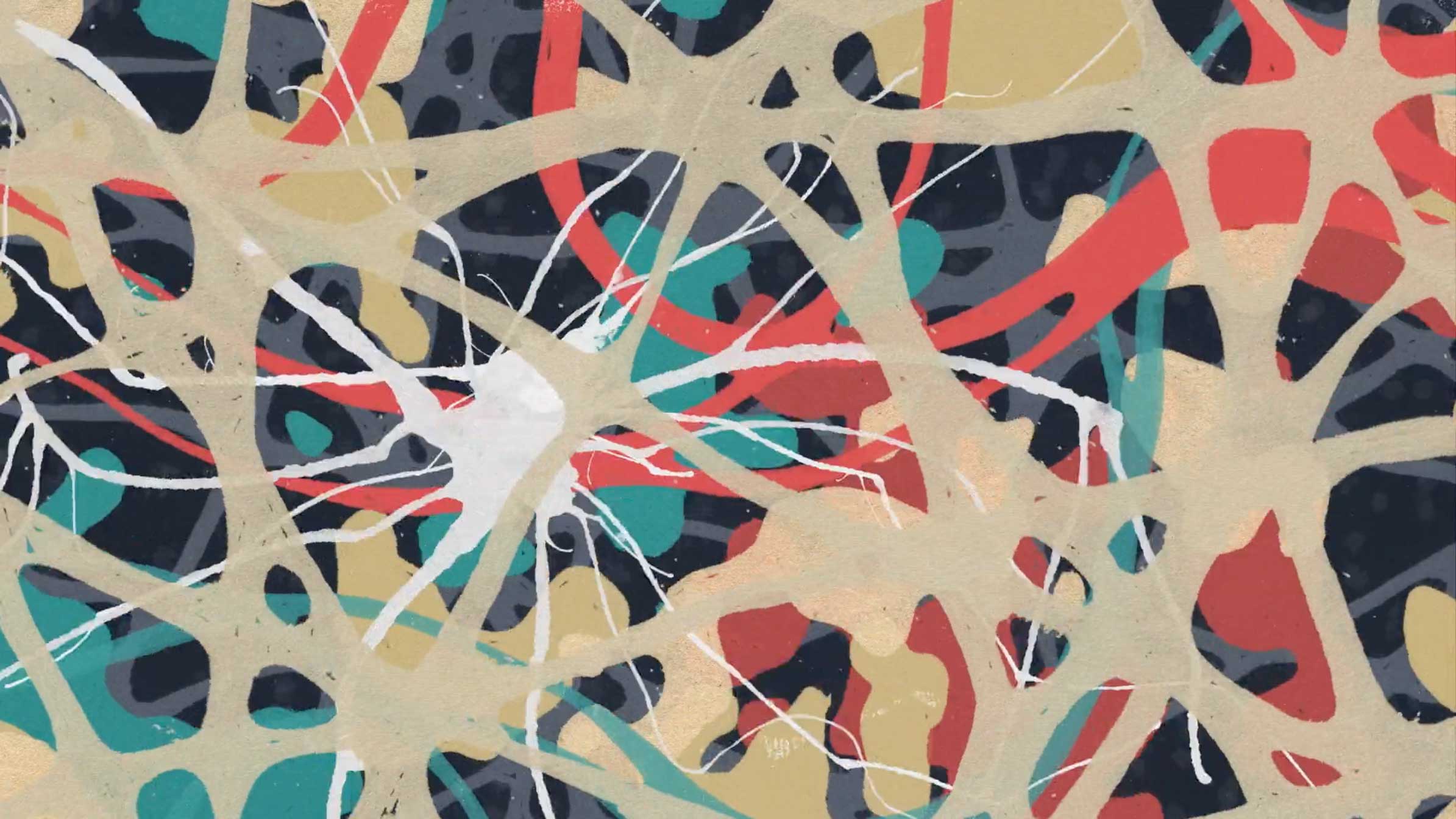
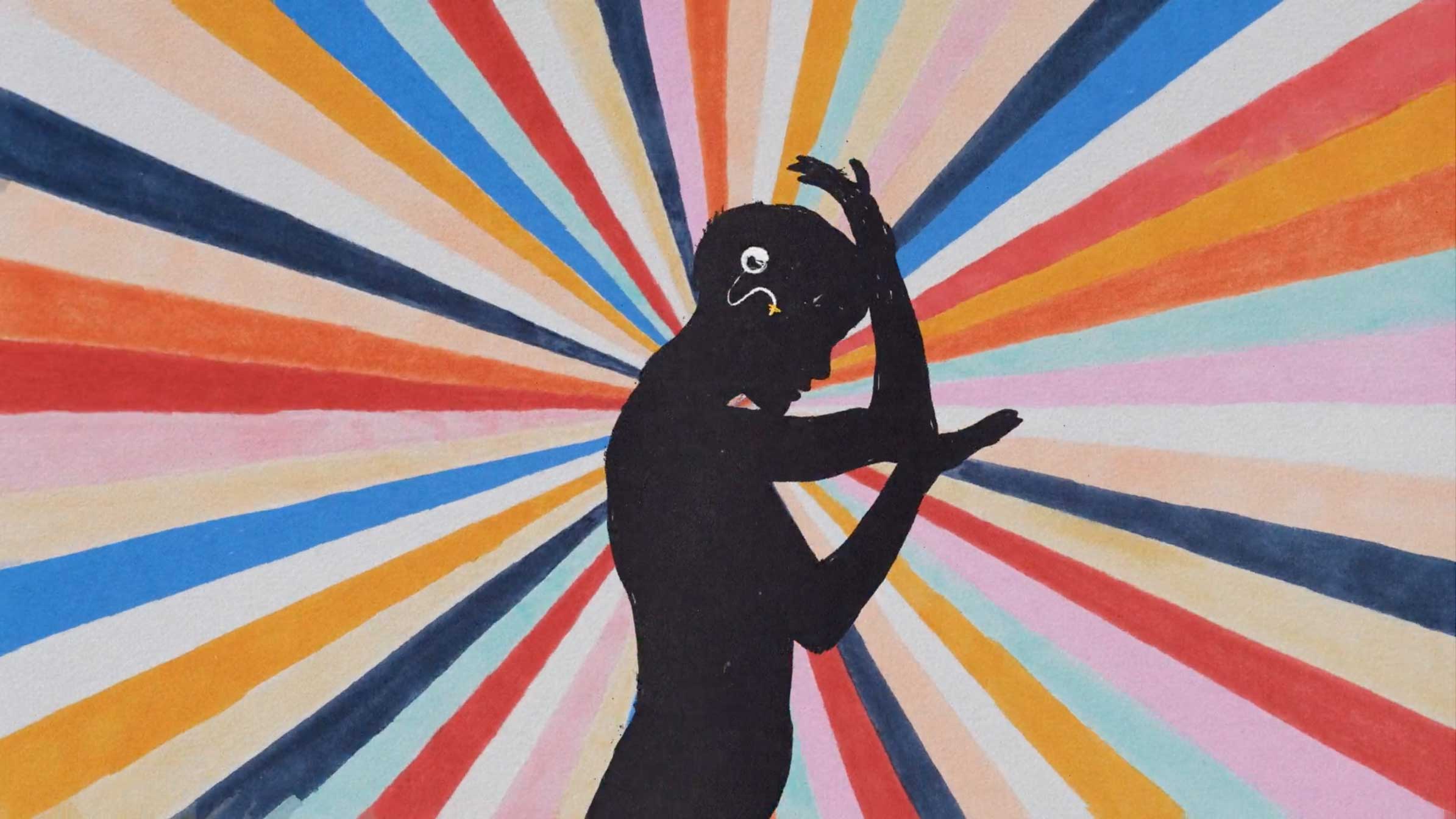
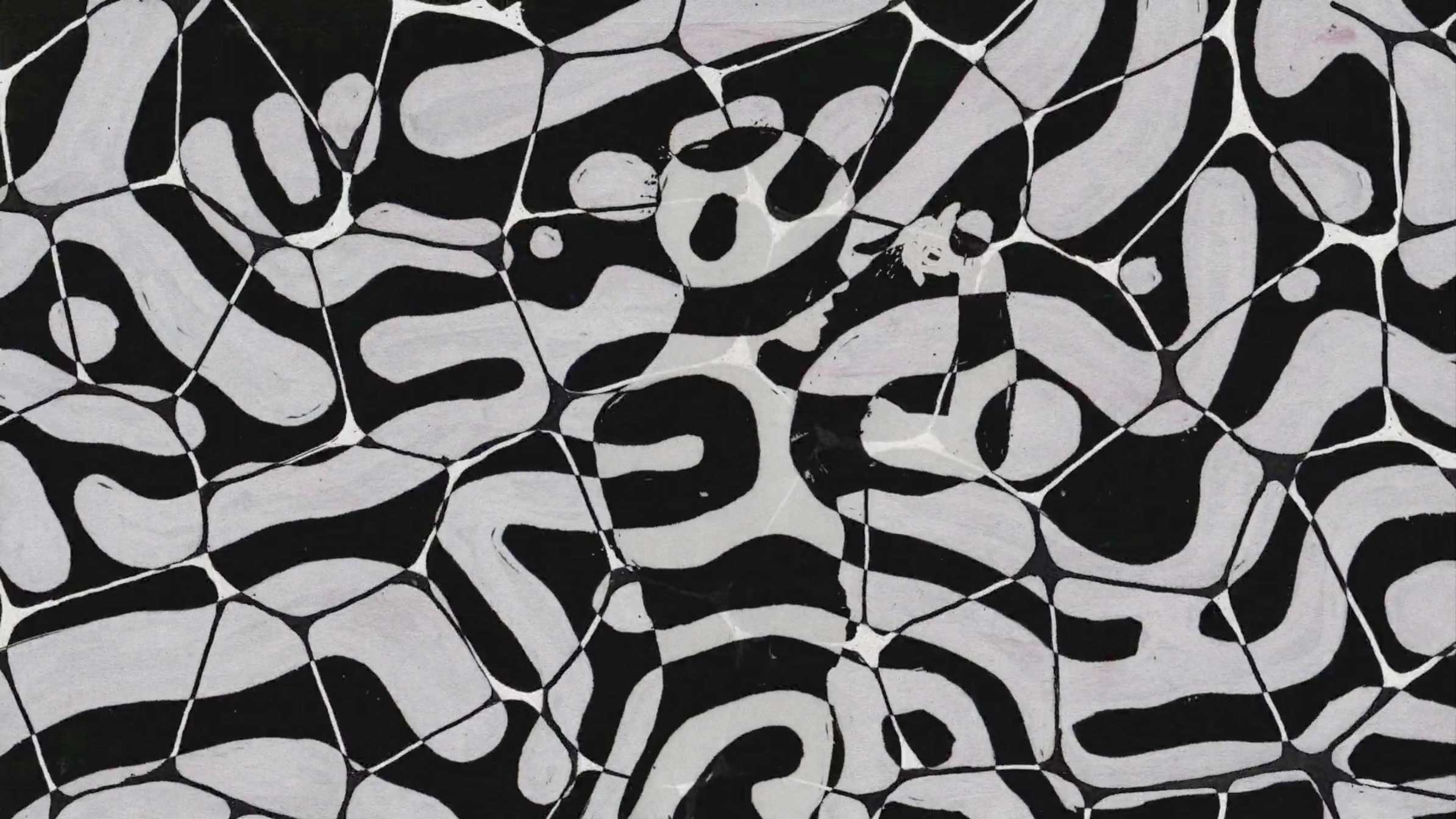
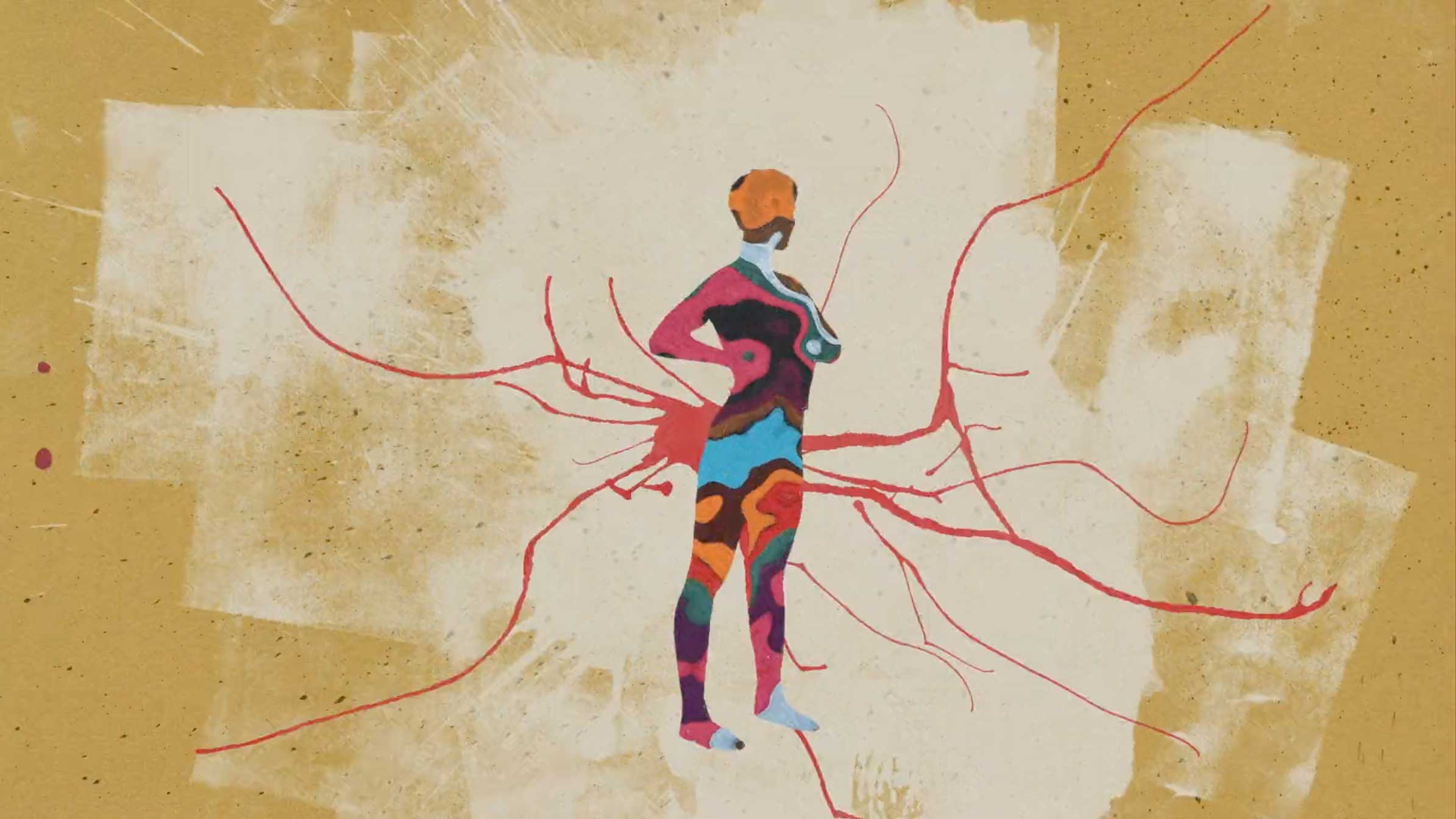
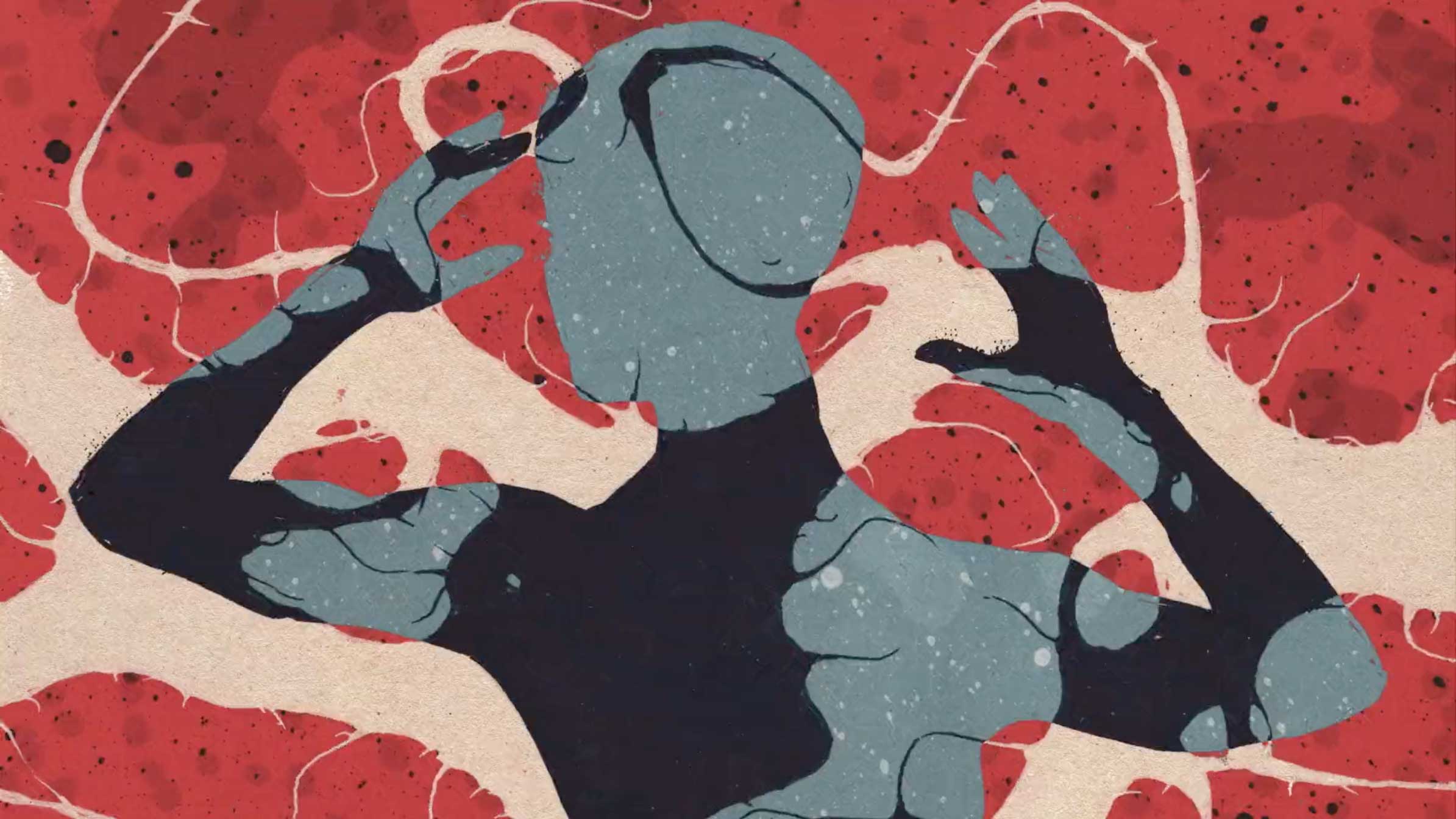
Client: University Medical Center Göttingen
Commissioner: Jenny Blum
Director/animator: Boris Seewald
Rotoscoper: Miwha Seewald
Camera: Benjamin Wistorf
Dancer/choreographer: Marie Zechiel
Music: Ralf Hildenbeutel
